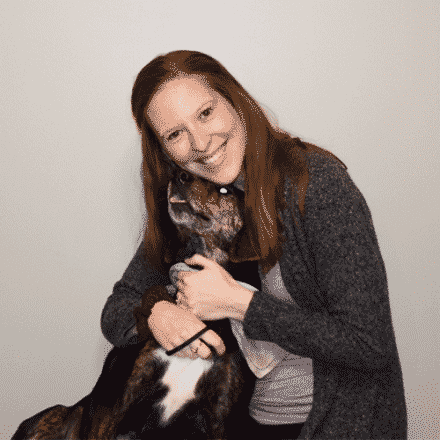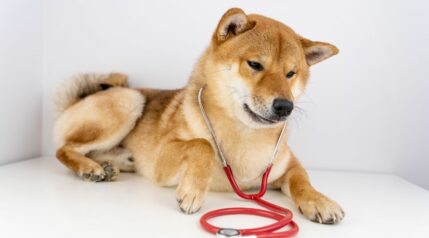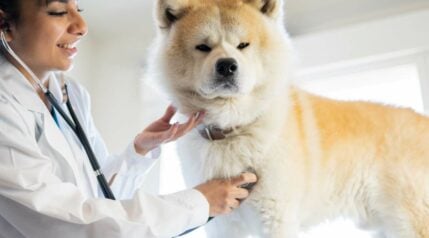The Pug is nicknamed the Dutch Mastiff and packs a big personality in that itty bitty body. Known for their snoring and adorable roly body, this breed is full of fun. The best insurance policy for a Pug may not match that of a larger dog breed. This is why we’ve dedicated this insurance guide to Pugs.
This breed falls among the top 30 most popular dogs. But, each dog is an individual, and your budget isn’t the same as your neighbor’s. So we’ve compiled a list of health insurance considerations to help you find the best fit for your unique needs.
At 10-13 inches tall and weighing 14-18 pounds, this breed is just as easily susceptible to accidents and illnesses as any other canine. And like all other purebreds, they are prone to more health concerns than most mixed breeds, making pet insurance an excellent investment consideration.
At A Glance
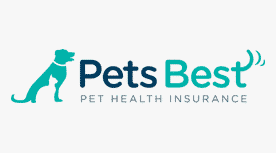
Best
Overall
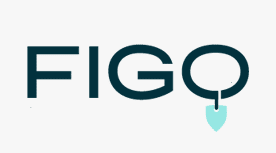
Best For
Older Dogs
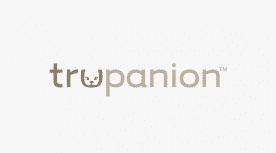
Best For Vet Direct Pay
Note: Clicking the above links take you to each company’s website to learn more and get a quote. If you make a purchase, we earn a commission at no additional cost to you.
Is Pet Insurance Worth It?
The short answer is yes. A survey by Liberty Mutual Insurance states that 63% of pet owners couldn’t afford unexpected medical care for their pets. Not only does pet insurance allow you to choose the best medical treatment for your pet, but it also provides stability to your finances.
The key thing to remember is that you need to sign up for pet insurance before an emergency arises. You cannot count on coverage for your Pug’s pre-diagnosed health issues. So it’s crucial to get your dog covered as soon as possible.
Common Health Issues In Pugs

Pugs generally live 13-15 years. However, the health issues below are a few common ones for Pugs. These details can give you an idea of what to look for regarding symptoms and insurance coverage.
Eye Conditions
Eye conditions pugs are known for include corneal ulcers, dry eye, pigmentary keratitis, proptosis, distichiasis, cataracts, and progressive retinal atrophy (PRA).
Surgery is an option for treating corneal ulcers and can cost anywhere from $650 – $2,400. Dry eye can be controlled somewhat through medication, but there is no cure. Treatment for pigmentary keratitis (where black spots appear on the eyes) may consist of surgery and medicine, costing $250 – $2,000.
As for proptosis, a condition where the eyeball becomes dislodged from its socket, treatment depends on the state of the globe. If it is deemed salvageable, then tarsorrhaphy may be an option, which is when the globe is replaced, and a suture is put in place. If the globe isn’t salvageable, then the removal of the globe, or enucleation, may be required. Tarsorrhaphy can cost upwards of $4,000, and enucleation costs anywhere from $500 – $2,000.
Distichiasis is where the eyelashes grow inside the eyelid and can cause irritation. Depending on the severity, your dog may be treated with eye lubricant to protect the cornea. In more severe cases, surgery may be recommended to remove the eyelashes and kill the hair follicles to prevent reoccurrence. Surgery can cost $1,500 to $2,000.
Surgery is commonly required to fix cataracts. Depending on the required diagnostic testing, you could be facing $3,800 or more for cataract evaluation and surgery.
Lastly, surgery and other medical intervention cannot correct PRA. Diagnosis for PRA can be costly, and adjusting your dog’s environment may be necessary, but ultimately there is no cure.
Pug Dog Encephalitis
This condition is unique to Pugs. Unfortunately, not much is known about it. It is a progressive brain disease that has no treatment. Dogs who suffer from this condition experience seizures, circle, fall into a coma and eventually die.
Diagnostic testing is typically conducted to confirm the diagnosis, consisting of a CT scan, MRI, cerebrospinal fluid analysis, and/or a neural or muscle tissue biopsy. Supportive treatment can be given to the dog to make them more comfortable, but unfortunately, dogs succumb to the disease within months of the first symptoms. The cost for diagnosis and supportive treatment can range from $200 – $3,500. If radiation is deemed necessary, costs for this treatment could range from $5,000 to $10,000 or possibly even more.
Skin Conditions
Pugs suffer from several skin conditions, including Cheyletiella Dermatitis (a mite condition that looks like walking dandruff), demodectic mange (parasitic cause of hair loss), staph infection, and yeast infections. Symptoms of these conditions include hair loss, itchy skin, dandruff, strong odor, and open sores.
Treatment for these conditions typically consists of medication. After the vet visit fee, evaluation, and medications are prescribed, you may look at a vet bill of several hundred dollars.
Brachycephalic Syndrome
All flat-faced dogs are at risk of suffering from brachycephalic syndrome. This refers to a set of upper airway abnormalities caused by the shortened or flatter skull of the dog. With the Pug’s smooshed nose and face, they are certainly predisposed to the right conditions for this health concern. If present, these abnormalities can lead to secondary health problems that affect other body areas, such as the stomach.
Although medication can alleviate the problems, surgery is often required to improve their quality of life. Surgery for each abnormality can cost up to $1,000. But if your Pug suffers from more than one, it can run into several thousand dollars.
Considerations When Choosing An Insurer

Age Restrictions & Waiting Periods
Most pet insurance companies have a minimum age requirement (typically between six and eight weeks old) before allowing you to enroll your pet. And some companies cap the age at which you can sign up an older dog (14 years old is the most common, although it’s only a few companies). Additionally, some companies may exclude specific conditions from coverage if your pup is above a certain age (e.g., hip dysplasia, cruciate ligament surgery, and orthopedic disorders).
All providers have waiting periods, which are short periods at the beginning of a new policy until your pet’s condition becomes eligible for reimbursement. Keep in mind that any pre-existing conditions, accidents, or illnesses diagnosed or showing symptoms during the waiting period are excluded from coverage. The average waiting period for illnesses is 14 days and for accidents is less than five days.
Coverage Type
There are two types of insurance coverage to choose from:
- Accident-Only – These policies offer coverage for accidents (e.g., torn ligaments, broken bones, etc.), so basically any sudden physical injury. Accident-only plans are typically more affordable than accident and illness policies. This can be a reasonable option for a pet with many pre-existing conditions.
- Accident and Illness – These policies are the most popular because they cover both accidents and illnesses (i.e., cancer, arthritis, allergies, etc.), including most unexpected medical expenses. Because no provider covers pre-existing conditions, it’s crucial to sign your pet up for coverage as early as possible.
Some companies also offer a wellness plan (aka preventative care plan) during the enrollment process. This commonly covers routine vet expenses (i.e., annual exams, spay/neuter procedures, vaccinations, etc.) but varies by provider. It’s typically available as an add-on to an accident-only or accident and illness policy, but some companies allow you to purchase it without an insurance policy. This add-on coverage isn’t technically an insurance product.
To find the best option for your Dutch Mastiff, you need to consider what type of coverage you need and your budget.
Premium: Deductible, Reimbursement & Payout Options
The fee you pay for your Pug’s pet insurance coverage is the premium usually paid monthly or annually. Monthly payments often add transaction fees, so if you can pay annually, it can save you a little money.
According to NAPHIA (North American Pet Health Insurance Association), the average monthly premium for an accident and illness insurance policy in the U.S. in 2022 was $53.34 for dogs. Of course, this varies for every dog and situation, including yours, so be sure to get multiple quotes from top-rated companies.
The premium is based on several factors: breed (or mix), location, age, gender, pre-existing conditions, deductible, reimbursement percentage, and payout. The beginning of the list is self-explanatory, you have a Pug, and you know your zip code, your dog’s age (or best guess), gender, and medical history. But what is a deductible, reimbursement, and payout?
- Deductible – The money you have to pay before your policy begins to reimburse you. This is typically reset each policy period (annually). However, some companies have per-incident deductibles, so you must pay this amount each time your dog suffers a new condition. Each company may have its own spin on this, so be sure to understand your policy because annual vs. per-incident deductibles can impact the amount of money you’re expected to pay.
- Reimbursement – The percentage of a claim that you’re eligible for repayment by the company after you’ve paid your coinsurance. The most popular reimbursement options are 70%, 80%, and 90%, but some companies offer other options or restricted options based on the dog’s age or location.
- Payout – The maximum amount a provider will reimburse during the policy period. Lower payout limits mean you may be responsible for more costs if your pet has expensive vet treatment.
Many companies allow you to customize your plan to fit your budget. For example, a higher deductible and reimbursement percentage paired with a lower payout will lower your premium. However, it’s crucial to find a balance between what your budget allows and the worst-case scenario if your Dutch Mastiff’s health takes a turn for the worst and you have several expensive vet bills to pay.
Exclusions
Exclusions refer to the conditions not covered by your policy. This can include pre-existing conditions, hereditary disorders, musculoskeletal disorders, specific dental treatment, and more.
Possibly the most significant concern regarding Pugs is that some companies may exclude inherited and breed-related conditions. Because Pugs are at an increased risk for brachycephalic syndrome, you’ll want to ensure you understand any additional restrictions for it. For these reasons, it’s crucial that you thoroughly read and understand your policy.
Who Offers The Best Policy?
Below are our top pet insurance picks for Pugs based on their breed-specific needs. And, once you are ready, we’ve made a free quote form that provides customized policy quotes from top pet insurance companies when you fill in your pet’s details. By entering your pet’s specific characteristics, you can get a better understanding of the coverage needed.
Best Overall Pet Insurance
Pets Best
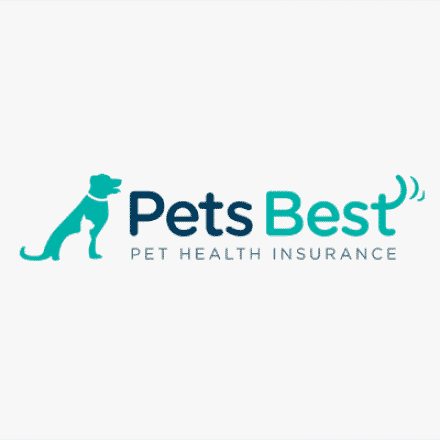
- No age limits or restrictions
- Thorough coverage
- Some of the lowest prices in the industry
- Offers an Accident-only plan
Pets Best may be the best pet insurance for your Pug because of its lower pricing on average, and it has no maximum age limits for enrollment. Pets Best also has few exclusions compared to other providers, including coverage for behavioral therapies and optional wellness care.
Best Pet Insurance For Older Dogs
Figo
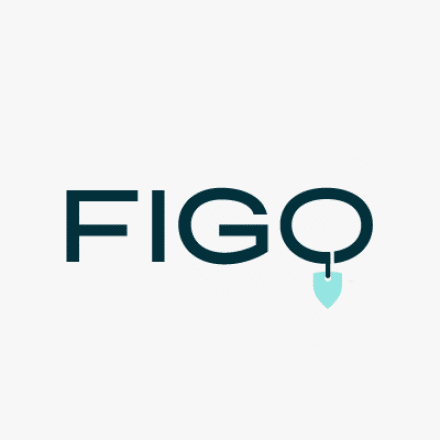
- Excellent value for money
- Offers options for 100% reimbursement and unlimited annual payouts
- Diminishing deductible decreases by $50 each year the policyholder is claim-free until it’s $0
- Coverage includes age and weight-related concerns and hereditary and chronic conditions
Best Insurance For Vet Direct Pay
Trupanion
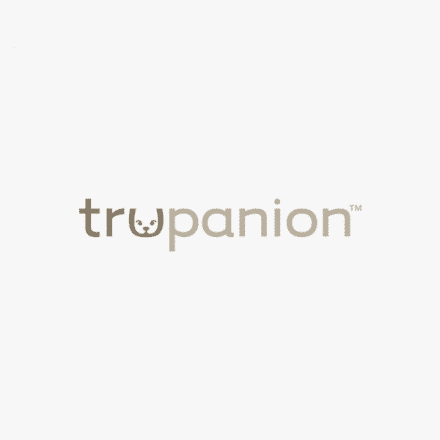
- One of the only companies with no bilateral exclusions
- Claims can be paid in less than 5 minutes via Trupanion Express
- 90% reimbursement and unlimited payouts for all plans
- Offers enrollment from birth
Additional Options We Recommend
Embrace
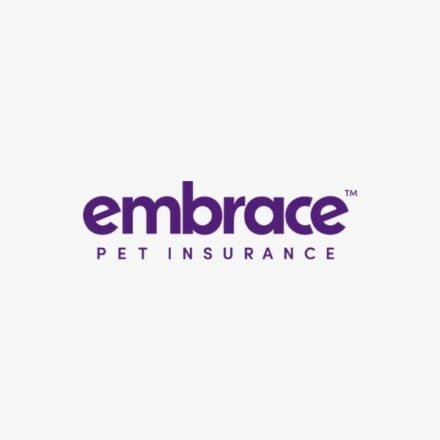
- Premium reduces by $50 per year if no claims are made
- Covers curable pre-existing conditions, dependent on evaluation
- Exam fees included in all policies
- Offers coverage for behavioral therapy and training
- Dental treatment included
Healthy Paws
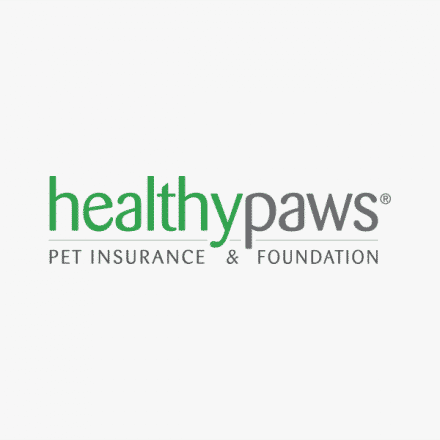
- Unlimited annual and lifetime payouts for all plans
- Fastest claim payout, on average, compared to others
- Excellent value and competitive price
- High customer satisfaction ratings
Lemonade
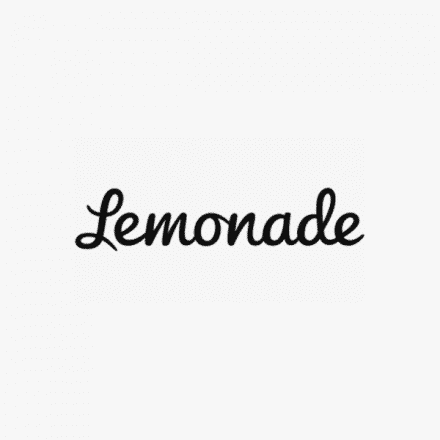
- AI-driven claims process
- Not available in every U.S. state
- Ability to bundle with homeowners or renters insurance policies
- Optional wellness coverage
How To Save Money
Some Pug parents can save money on insurance policies if the following circumstances are met.
Pay Annually
Most insurance companies offer two ways of paying your premiums, either monthly or annually. In many cases, transaction fees are added to your bill if you choose the monthly payment option. Therefore, you can minimize or avoid these altogether if you pay your premium annually.
Multi-Pet Discount
Many pet insurers offer multi-pet discounts for pet owners who take out several policies for their household’s dogs and cats. You could get up to a 10% discount on each pet’s insurance, amounting to significant savings. Some companies only offer multi-pet discounts on additional pets (not the first), so be sure to clarify this point before enrolling in a new policy.
Final Thoughts
As you can see, investing in insurance for your Pug is frequently worthwhile. The premium often deters pet parents. But when you consider the costs associated with common non-routine vet bills for the breed, you realize it can be a more budget-friendly option. Not to mention the peace of mind knowing that you’ll never be faced with choosing between your wallet and your best friend’s health or life.
Remember to read the fine print to understand the coverage and limitations before you sign up, no matter which policy you are considering. If you’re unsure about something or have questions, give the pet insurance company a call or speak with your vet.
